Baraka (film)
8.4 /10 1 Votes
80% Rotten Tomatoes Film series Samsara Genres Documentary, War film Language None | 8.6/10 IMDb Duration Country United States | |||||||||||||||||||||||||||||||||
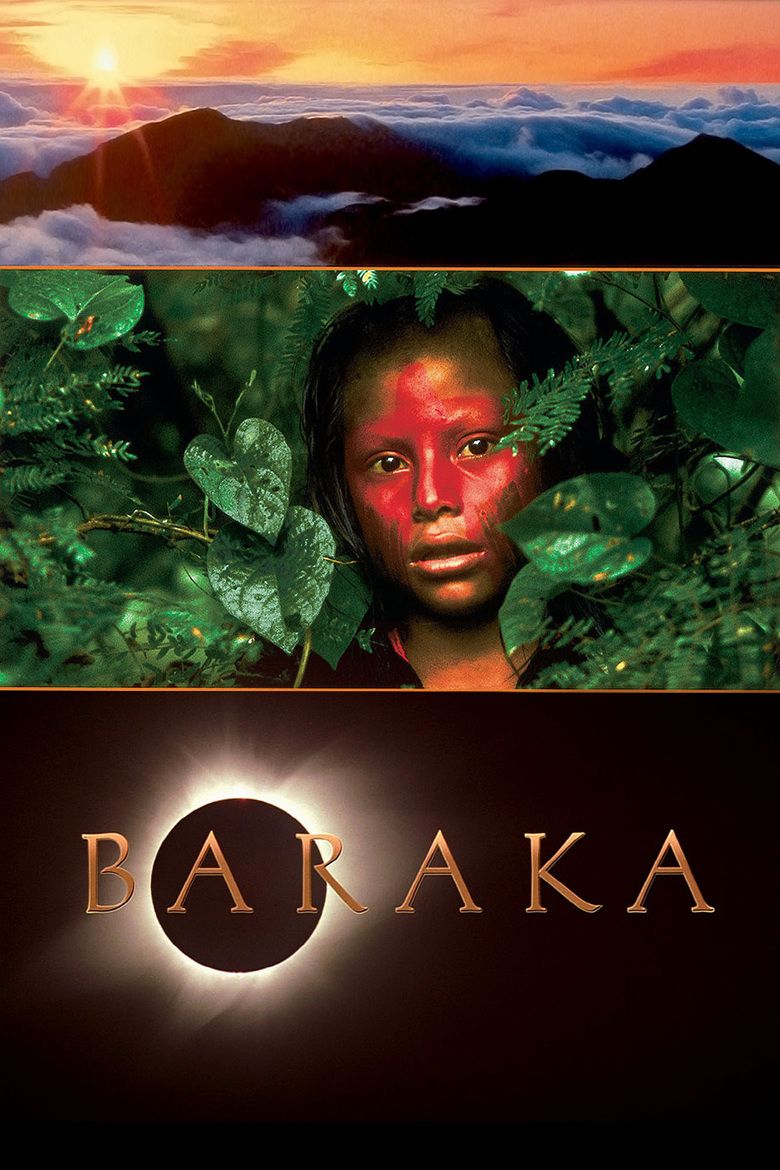 | ||||||||||||||||||||||||||||||||||
Writer Constantine Nicholas , Genevieve Nicholas Release date September 24, 1993 Initial release July 16, 1993 (United Kingdom) Similar movies Bruce Almighty , The Mist , Breaking the Waves , Cashback , Faith Connections , Another World Tagline A world beyond words. | ||||||||||||||||||||||||||||||||||
Baraka 1992 trailer hq
Baraka is a 1992 non-narrative documentary film directed by Ron Fricke. The film is often compared to Koyaanisqatsi, the first of the Qatsi films by Godfrey Reggio for which Fricke served as the cinematographer. Baraka is also the first film ever to be restored and scanned at 8K resolution.
Contents
- Baraka 1992 trailer hq
- Baraka original theatrical trailer hd matchframe re edit
- Content
- Music
- Reissue
- Sequel
- Reception
- Filming
- Africa
- USA
- South America
- Asia
- Oceania
- Europe
- References
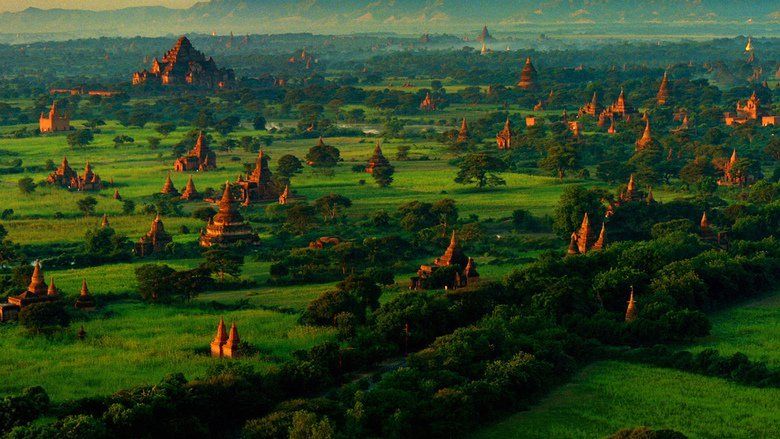
Baraka original theatrical trailer hd matchframe re edit
Content
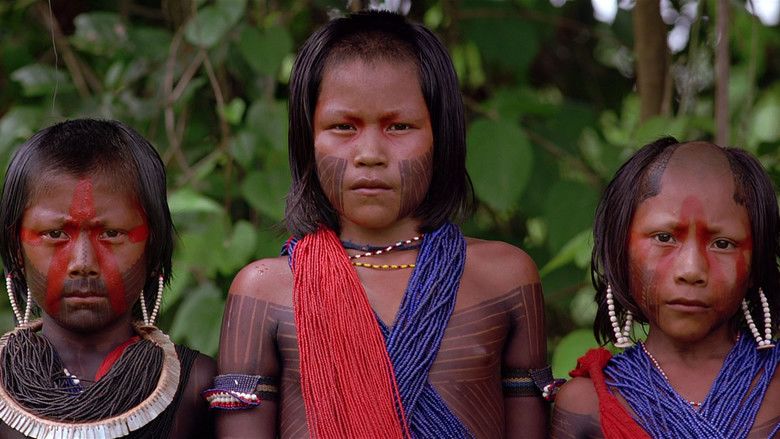
Baraka is a documentary film with no narrative or voice-over. It explores themes via a compilation of natural events, life, human activities and technological phenomena shot in 24 countries on six continents over a 14-month period.

The film is Ron Fricke’s follow-up to Godfrey Reggio’s similar non-verbal documentary film Koyaanisqatsi. Fricke was cinematographer and collaborator on Reggio’s film, and for Baraka he struck out on his own to polish and expand the photographic techniques used on Koyaanisqatsi. Shot in 70mm, it includes a mixture of photographic styles including slow motion and time-lapse. To execute the film’s time-lapse sequences, Fricke had a special camera built that combined time-lapse photography with perfectly controlled movements.
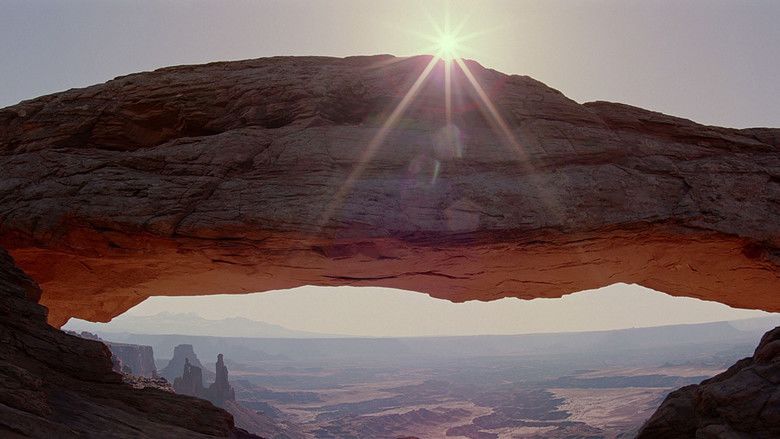
Locations featured include the Church of the Holy Sepulchre in Jerusalem, the Ryoan temple in Kyoto, Lake Natron in Tanzania, burning oil fields in Kuwait, the smouldering precipice of an active volcano, a busy subway terminal, tribal celebrations of the Maasai in Kenya, and chanting monks in the Dip Tse Chok Ling monastery.
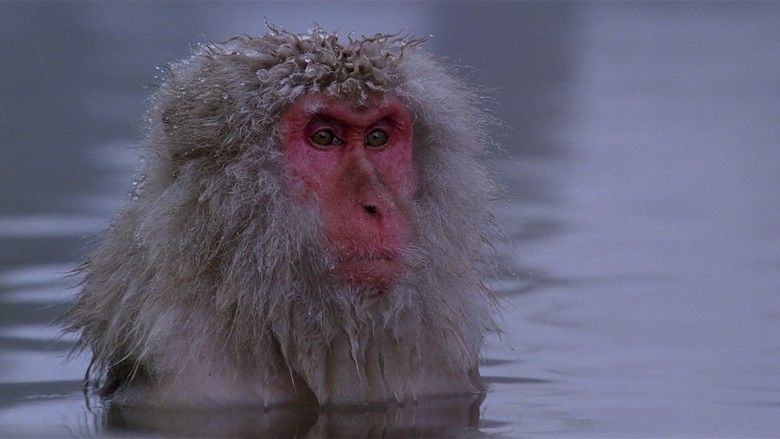
The film features a number of long tracking shots through various settings, including Auschwitz and Tuol Sleng, over photos of the people involved, past skulls stacked in a room, to a spread of bones. It suggests a universal cultural perspective: a shot of an elaborate tattoo on a bathing Japanese yakuza precedes a view of tribal paint.
Music
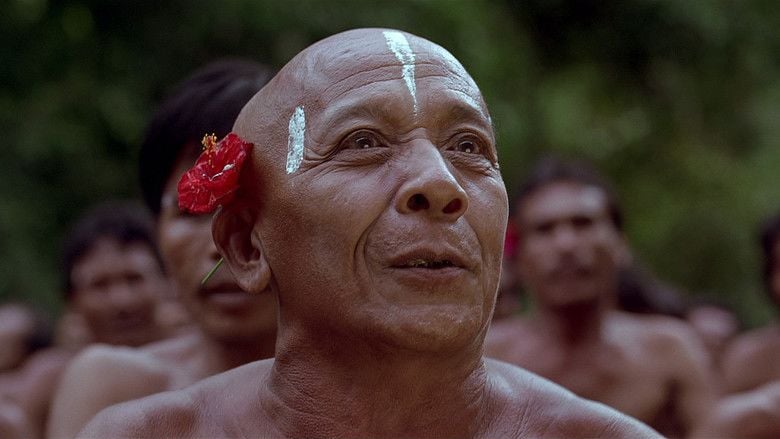
The score by Michael Stearns and featuring music by Dead Can Dance, film starts with famous Georgian Folk singer's Hamlet Gonashvili's voice singing Georgian folksongs, L. Subramaniam, Ciro Hurtado, Inkuyo, Brother and David Hykes, is noticeably different from the minimalist one provided by Philip Glass for Koyaanisqatsi. The film was produced by Mark Magidson, who also produced and directed the film Toward the Within, a live concert performance by Dead Can Dance.
Reissue
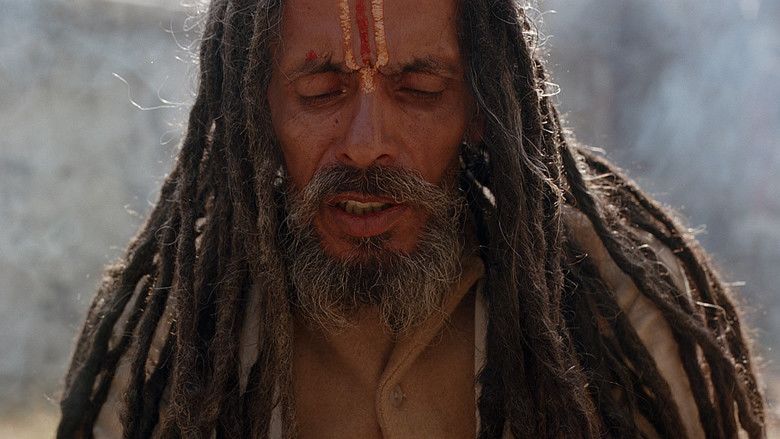
Following previous DVD releases, in 2007 the original 65 mm negative was re-scanned at 8K resolution with equipment designed specifically for Baraka at FotoKem Laboratories. The automated 8K film scanner, operating continuously, took more than three weeks to finish scanning more than 150,000 frames (taking approximately 12–13 seconds to scan each frame), producing over 30 terabytes of image data in total. After a 16-month digital intermediate process, including a 96 kHz/24 bit audio remaster by Stearns for the DTS-HD Master Audio soundtrack of the film, the result was re-released on DVD and Blu-ray Disc in October 2008. At the time, project supervisor Andrew Oran has described this remastered Baraka as "arguably the highest quality DVD that's ever been made". Chicago Sun-Times critic Roger Ebert described the Blu-ray release as "the finest video disc I have ever viewed or ever imagined."
Sequel
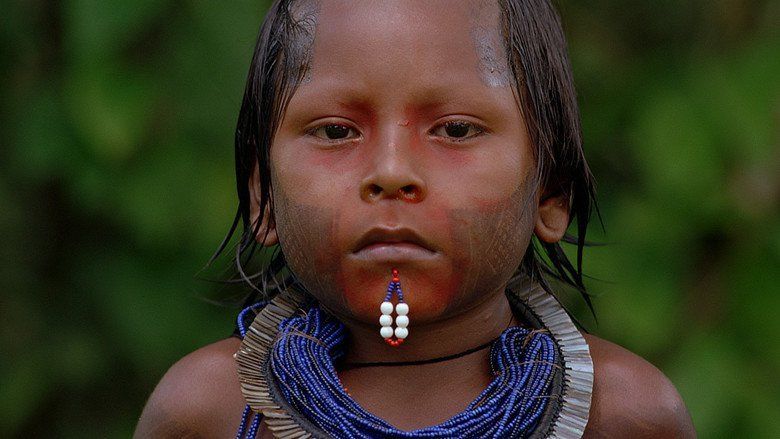
A sequel to Baraka, Samsara, made by the same filmmakers, premiered at the 2011 Toronto International Film Festival and released internationally in August 2012. Also shot in 70mm, Samsara explores an arguably darker, updated version of many of the same themes as Baraka.
Reception
Baraka has a score of 80% off Rotten Tomatoes out of 25 reviews. Roger Ebert included the film in his "Great Movies" list, writing that "If man sends another Voyager to the distant stars and it can carry only one film on board, that film might be Baraka."
Filming
The movie was filmed at 152 locations in 23 countries. Some locations include: Argentina, Australia, Brazil, Cambodia, China, Ecuador, Egypt, France, India, Indonesia, Iran, Italy, Japan, Israel, Kenya, Kuwait, Nepal, Poland, Saudi Arabia, Tanzania, Thailand, Turkey, United States and Vatican City.
Africa
USA
South America
Asia
Oceania
Europe
References
Baraka (film) WikipediaBaraka (film) IMDbBaraka (film) Rotten TomatoesBaraka (film) themoviedb.org
